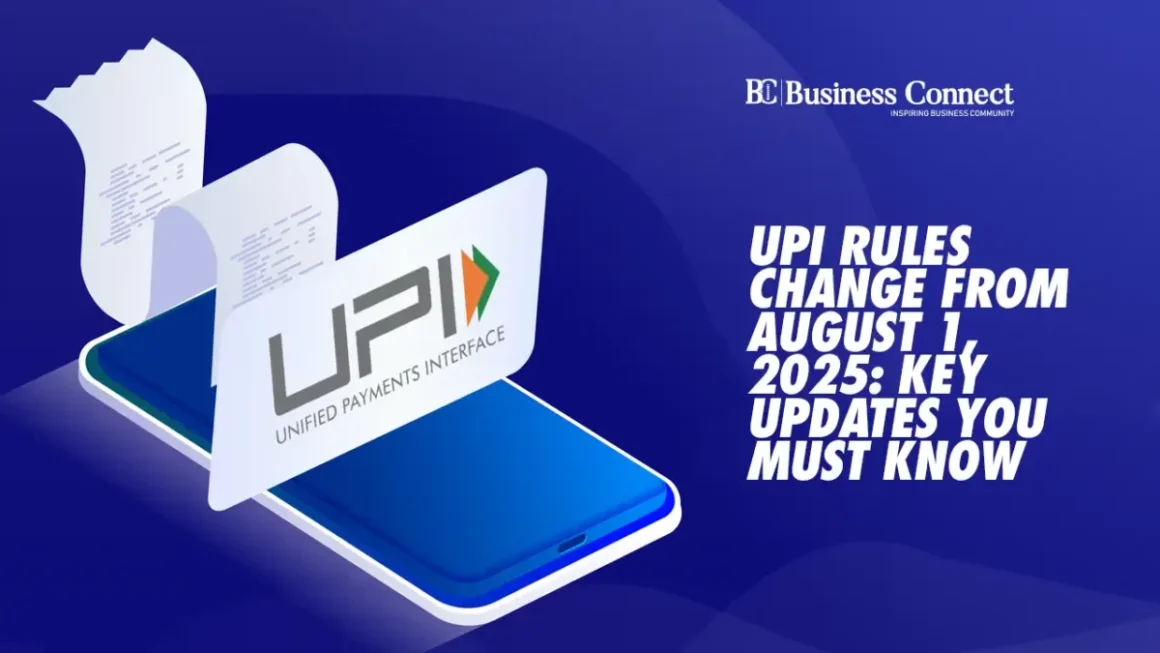
New UPI Rules from August 1: What You Must Know Now
The National Payments Corporation of India (NPCI) has rolled out sweeping changes to UPI transactions effective August 1, 2025, impacting apps like Google Pay, PhonePe, Paytm, and BHIM. These new regulations aim to reduce server overload, curb misuse, and improve payment transparency for India’s rapidly growing digital economy. Here’s a breakdown of what changes and how they affect you.
50 Balance Checks per App Daily – No More Until now, many users habitually refreshed their bank balance after every transaction. That habit will now come with consequences. Each UPI app now allows a maximum of 50 balance checks per day, and only if user-initiated.
If you exceed that limit, you’ll be blocked from checking your balance for 24 hours—though your updated balance will be automatically shown after every successful transaction. This change helps reduce API abuse and keeps the network stable during peak hours.
View Linked Accounts Only 25 Times Per Day Each time you try to view your bank accounts linked with a UPI ID, it counts. NPCI now caps these requests at 25 per day per app. You’ll need to select a specific bank before viewing, and any repeated failures may prompt the app to seek renewed consent.
Limited Status Checks on Pending Transactions Stuck payments create panic—and thousands of users hit ‘refresh’ repeatedly. The new rule allows only 3 checks per pending transaction, with a minimum 90-second gap between each. This avoids server load spikes and keeps transaction monitoring efficient.
AutoPay Gets a Time Window Recurring payments—SIPs, OTT subscriptions, and utility bills—will now be executed only during non-peak hours:
- Before 10:00 AM
- Between 1:00–5:00 PM
- After 9:30 PM
Each AutoPay attempt will have a maximum of 4 chances (1 main + 3 retries). If all fail, the instruction is cancelled. This helps reduce network congestion and failed mandates.
Mandatory Payee Bank Info Display No more guessing who you’re paying. Before finalizing any UPI payment, apps must show the recipient’s registered bank name and accurate account info. This reduces payment errors and fraud.
Enforcement & Penalties for Apps Apps and Payment Service Providers (PSPs) had until July 31, 2025, to comply. Any violations can result in API restrictions, fines, or even user onboarding suspension.
Why It Matters to You
- These rules aren’t just red tape—they are targeted solutions to prevent overload, reduce failed payments, and enhance clarity.
- Most users who operate within normal UPI behavior won’t be impacted.
- Heavy users (e.g. merchants, fintech testers, or anxious payers) must now pace themselves.
Quick Tips to Stay Compliant
- Don’t check your balance more than 50 times.
- Allow time between pending transaction checks.
- Use multiple UPI apps if needed—but avoid excessive triggers.
- Schedule your recurring payments to align with NPCI time windows.
- Always review payee info before sending money.
Final Word
UPI is evolving, and these updates are signs of a maturing digital payments ecosystem. With over 400 million users and 10 billion monthly transactions, the NPCI is laying the groundwork for more stability, less fraud, and a smoother experience for everyone. As India’s fintech ambitions scale, these smart restrictions may be just what the system needs.
FOR MORE BLOGS – beyondthepunchlines.com

 Add to favorites
Add to favorites








